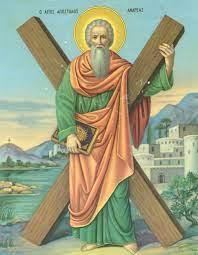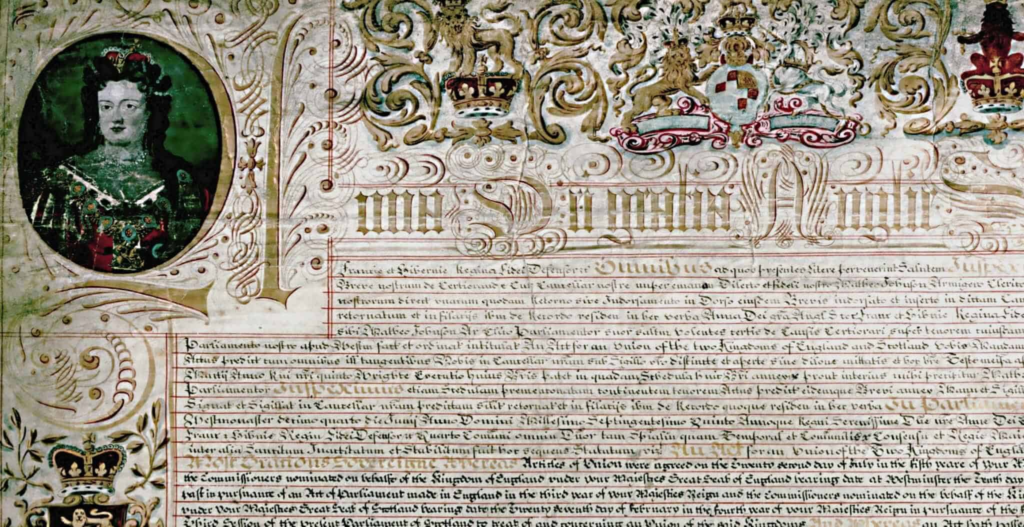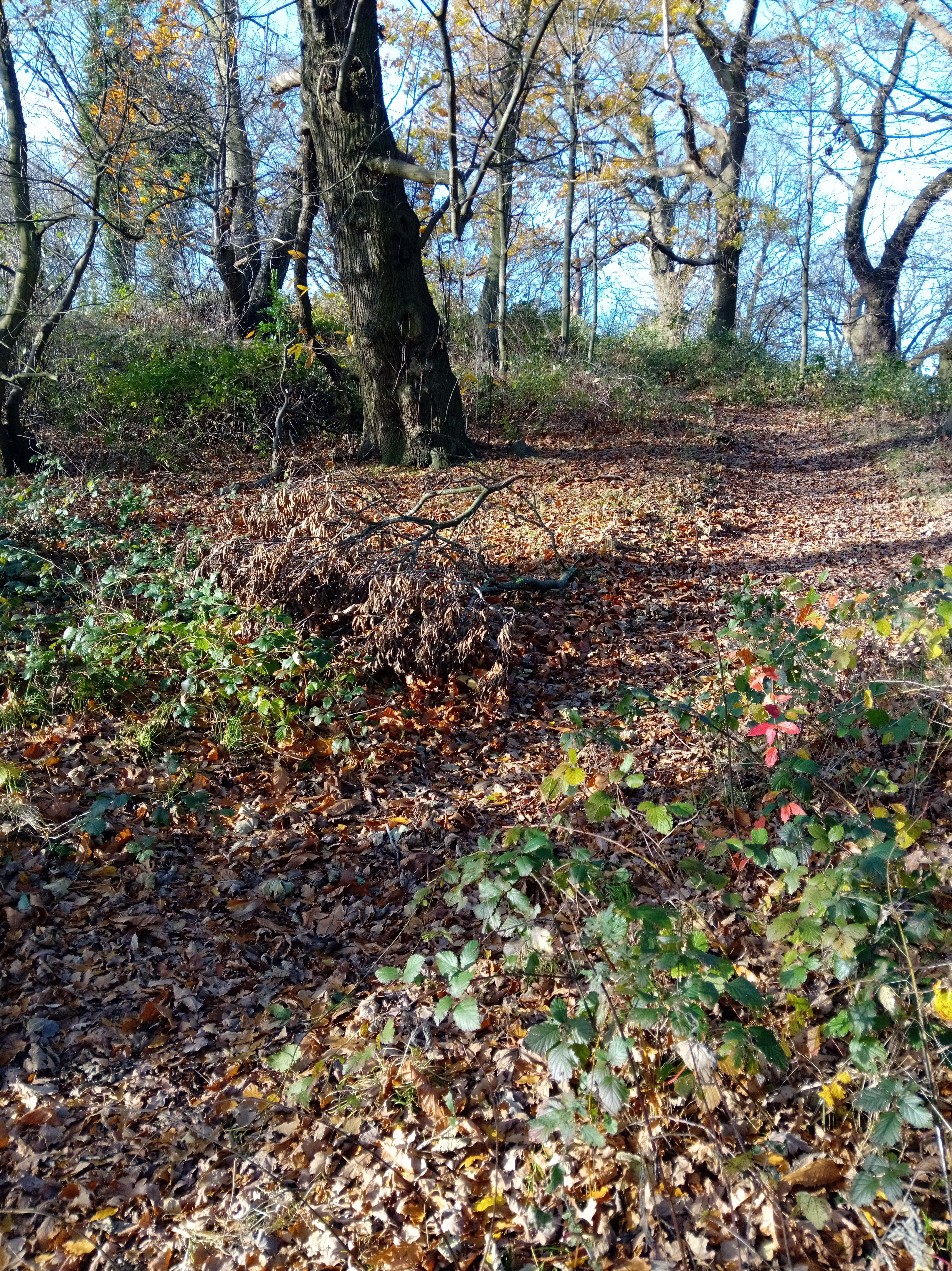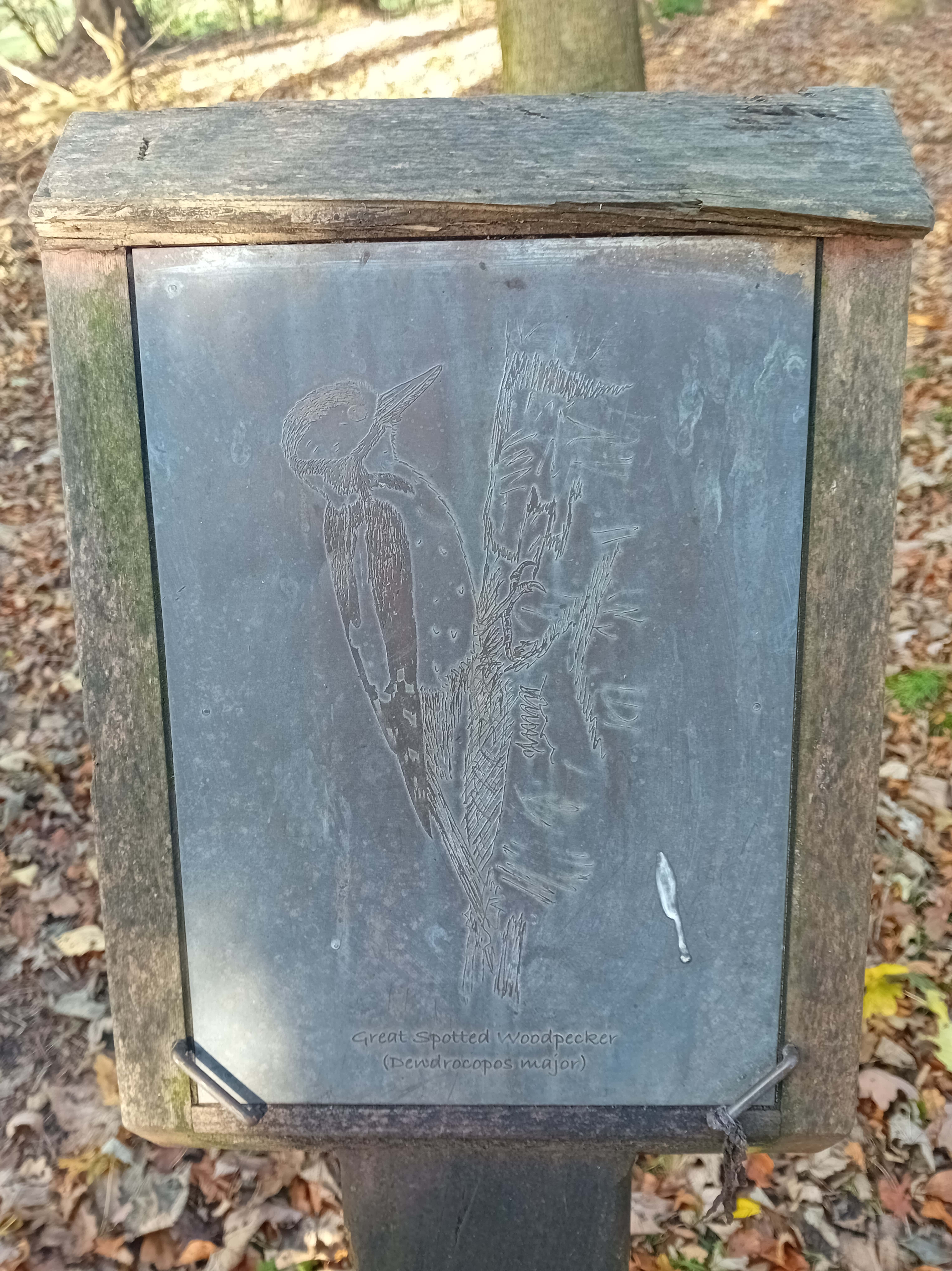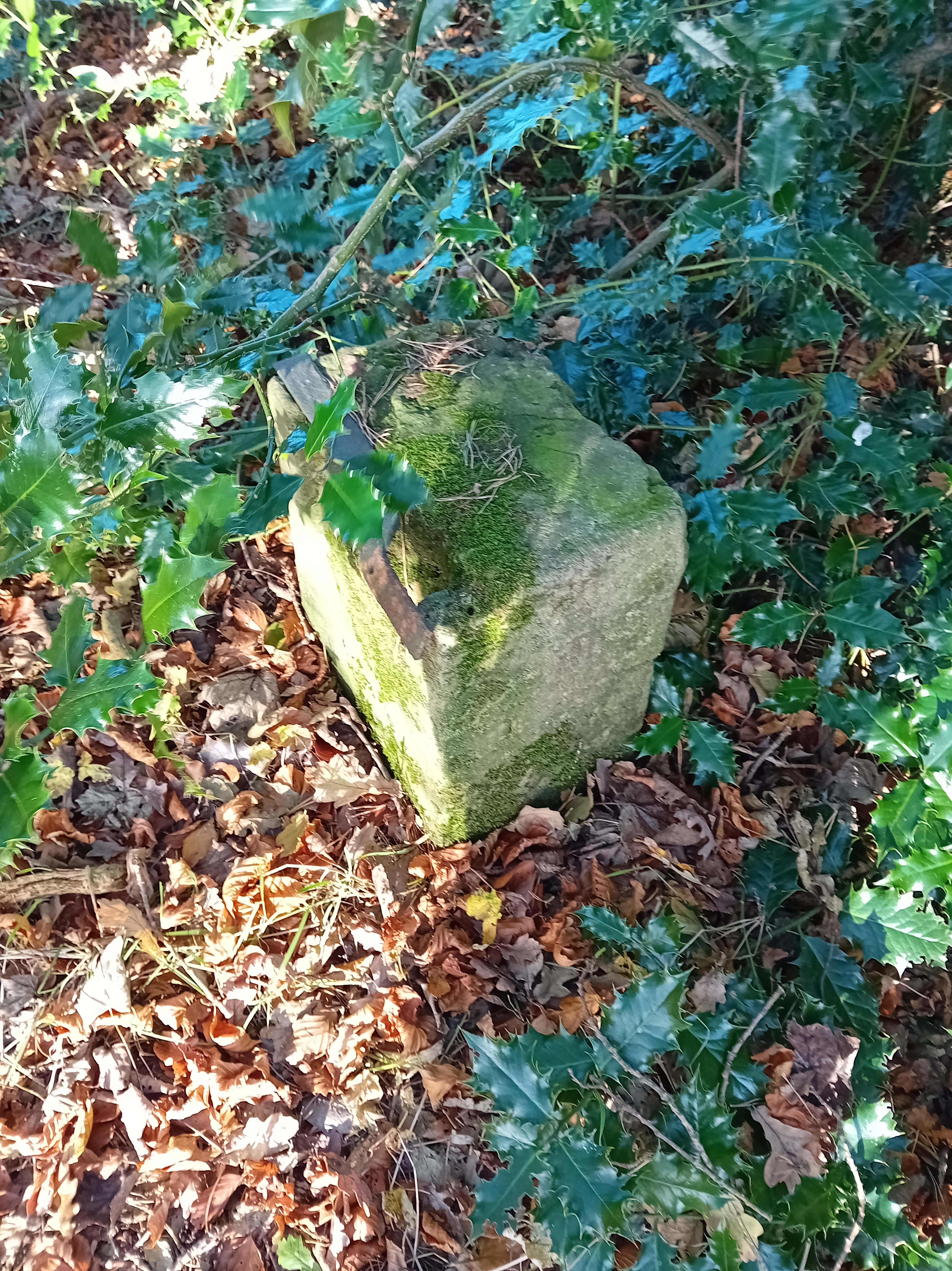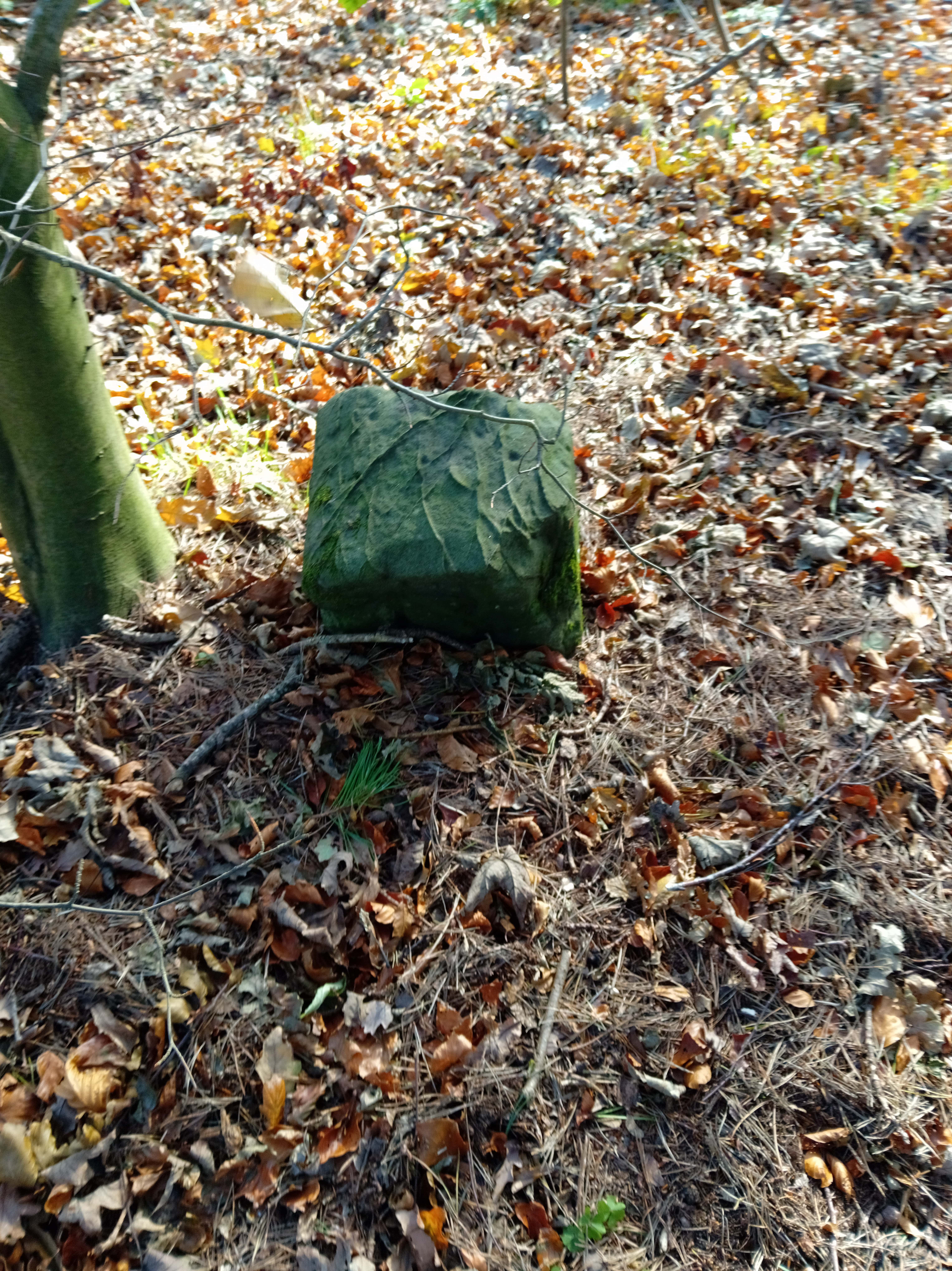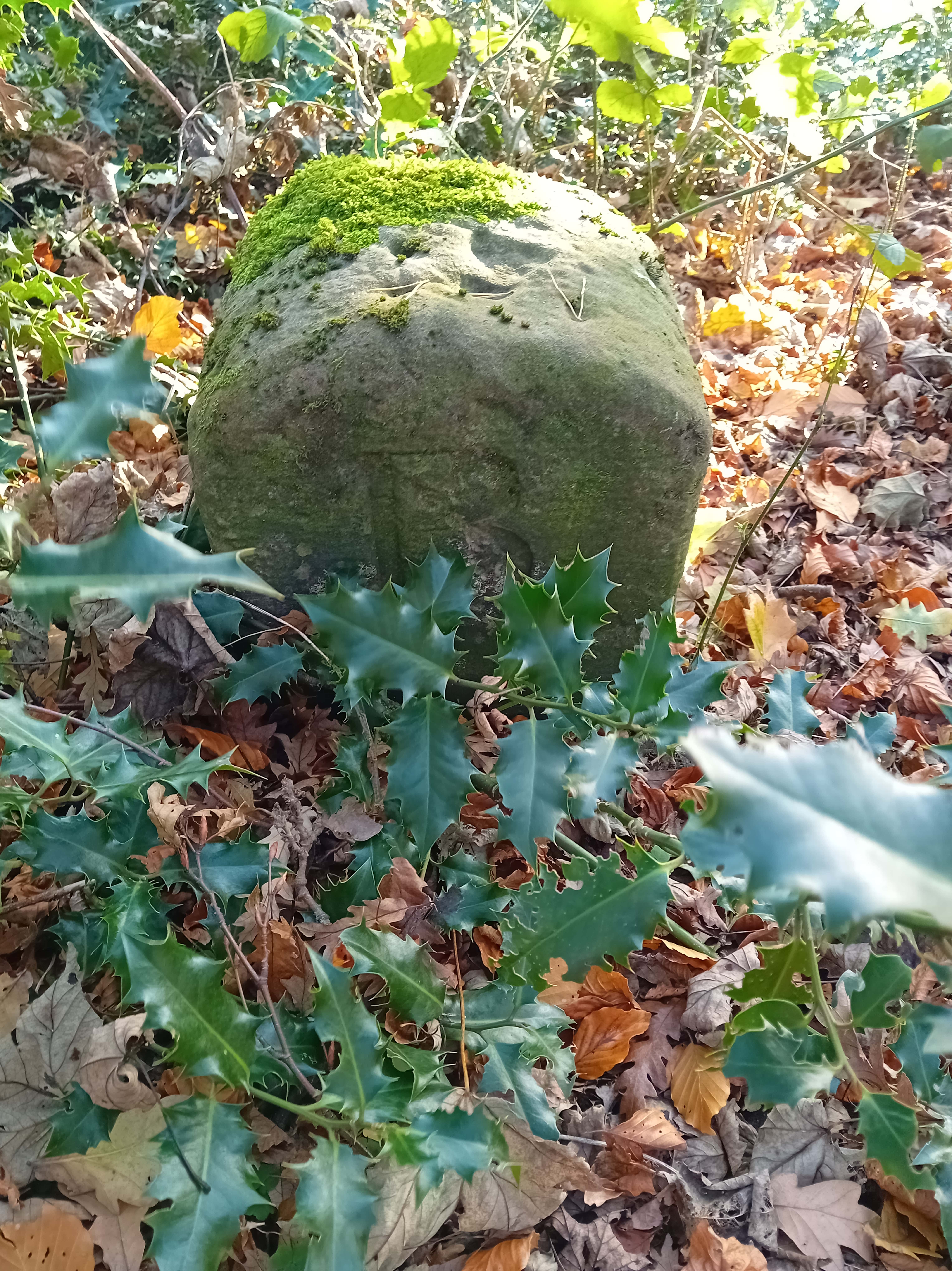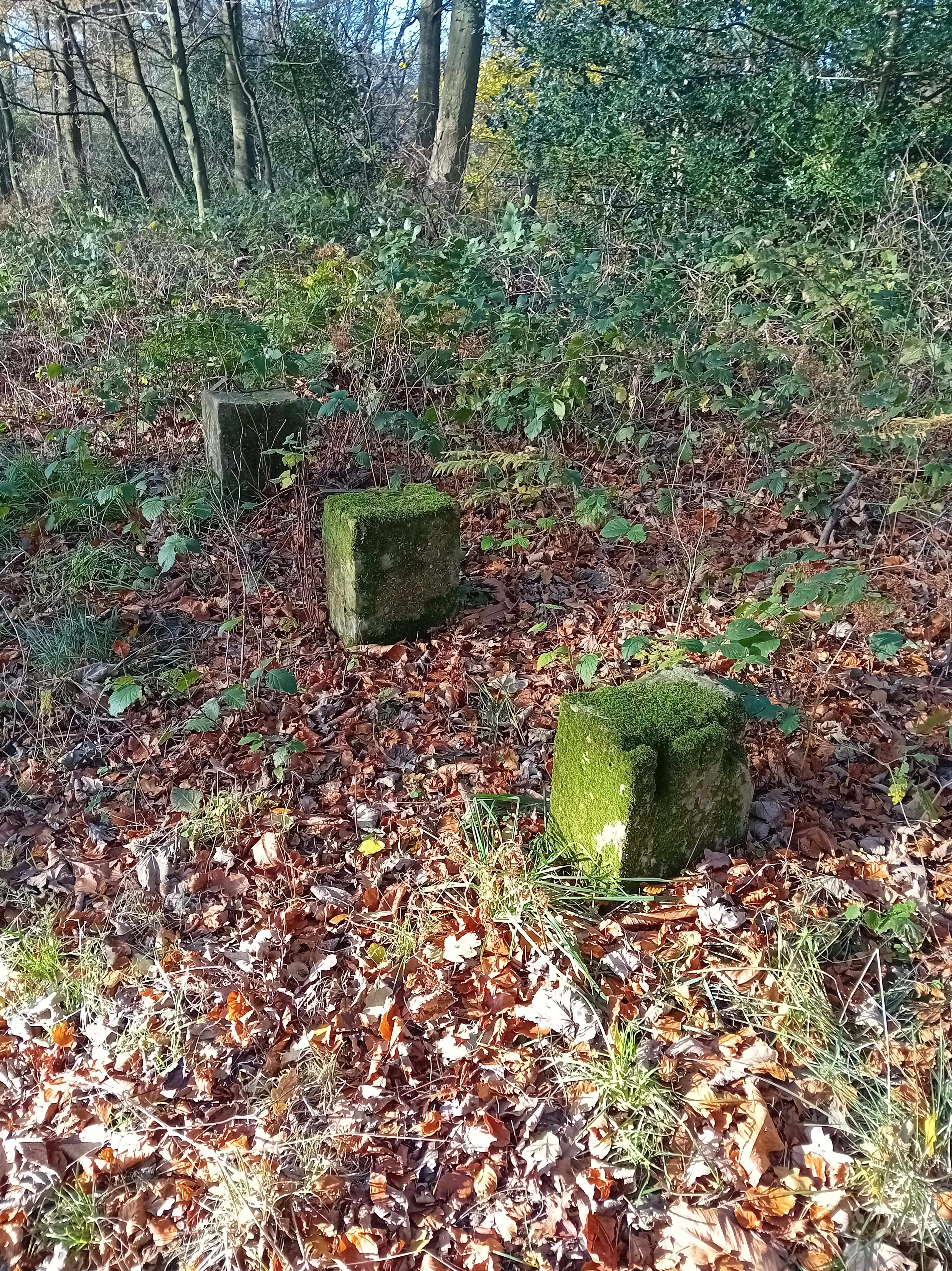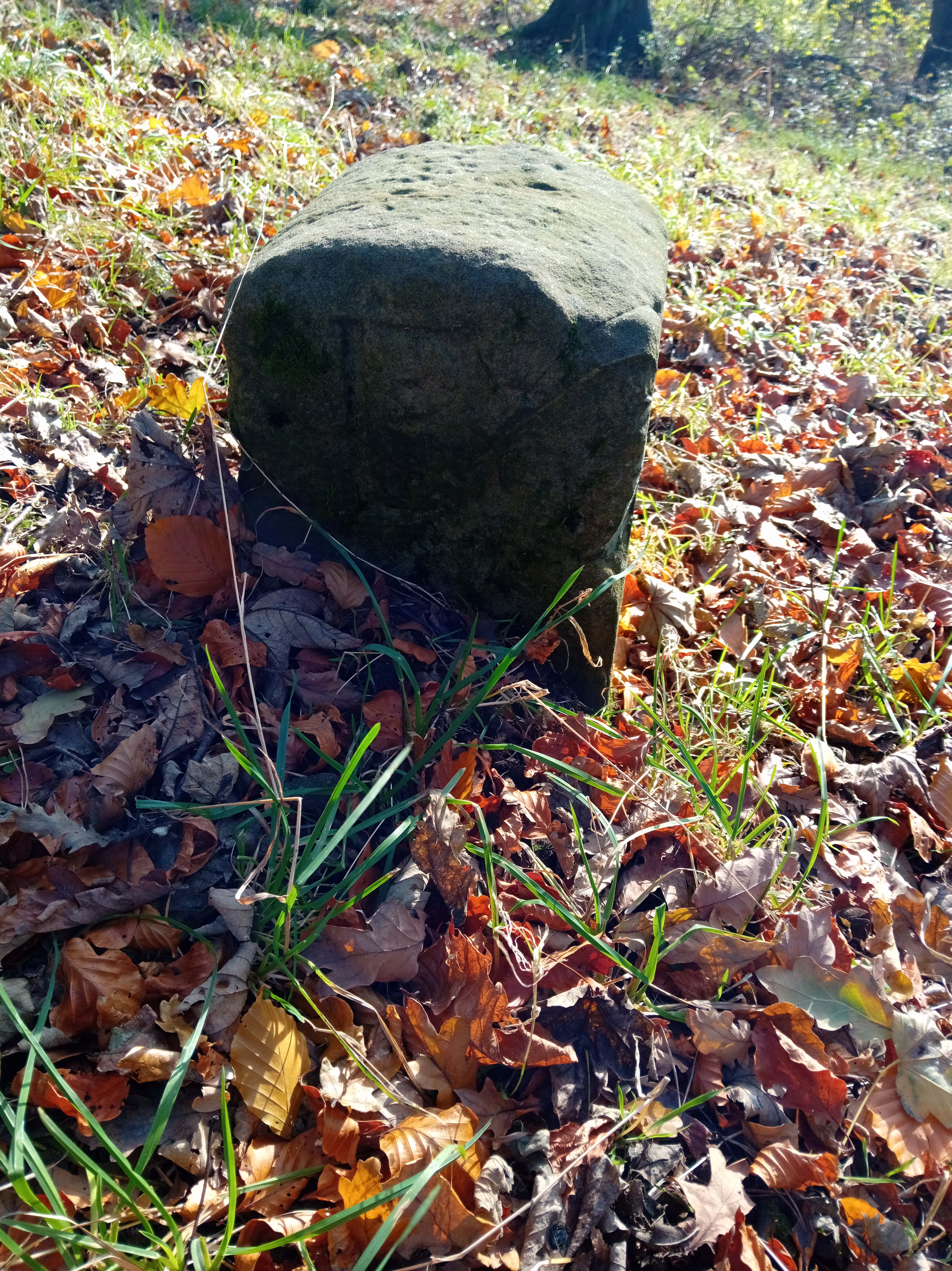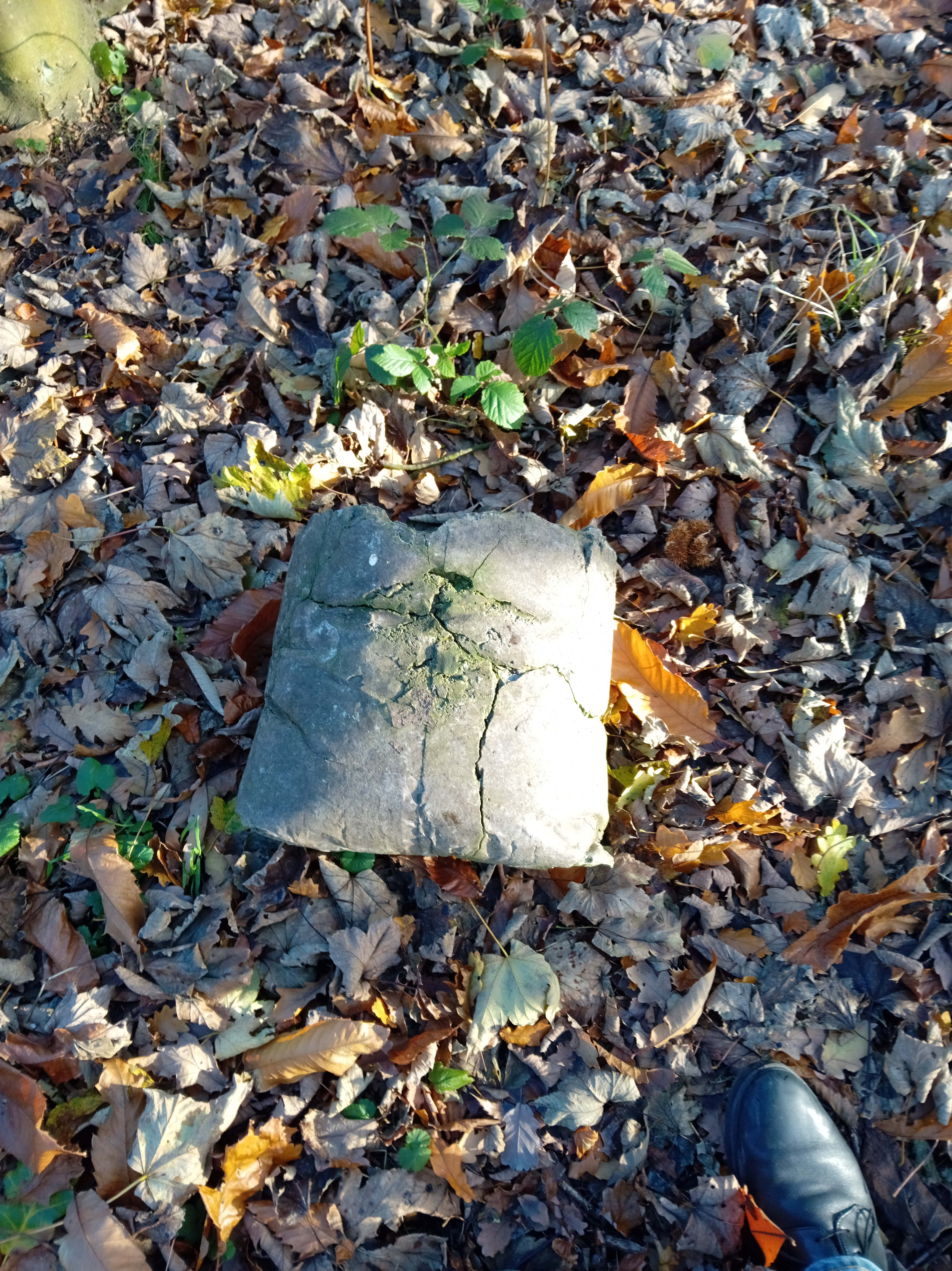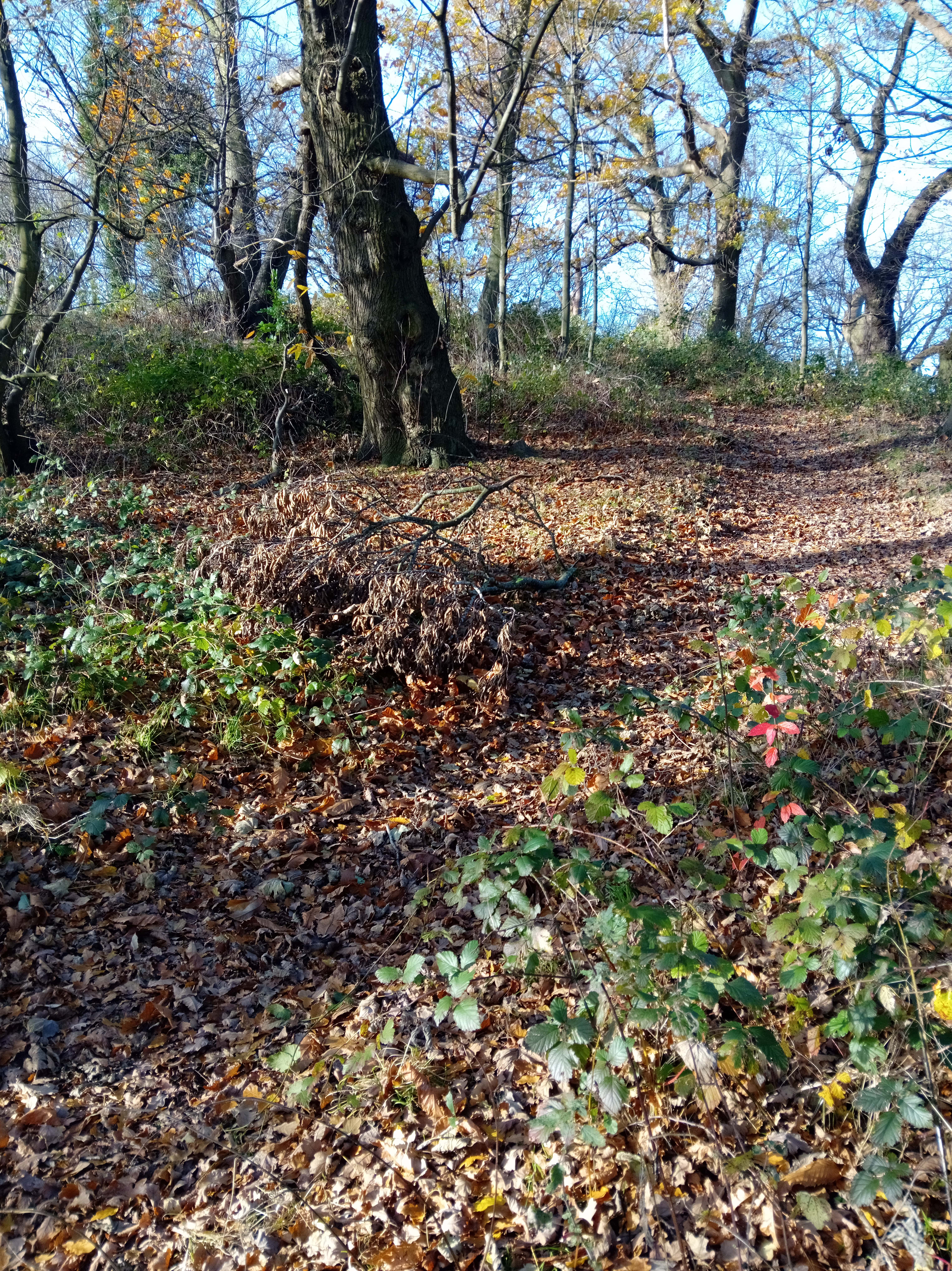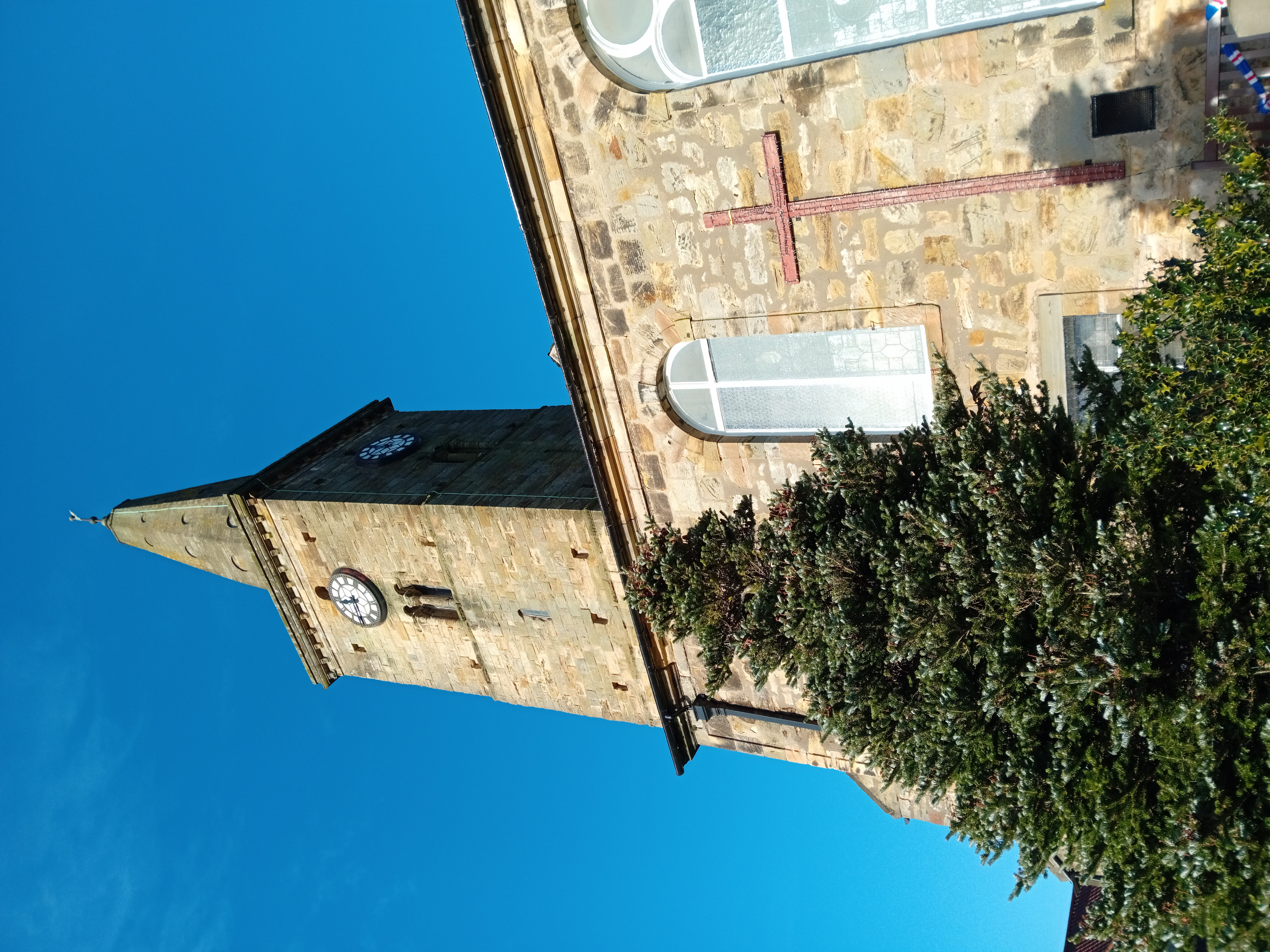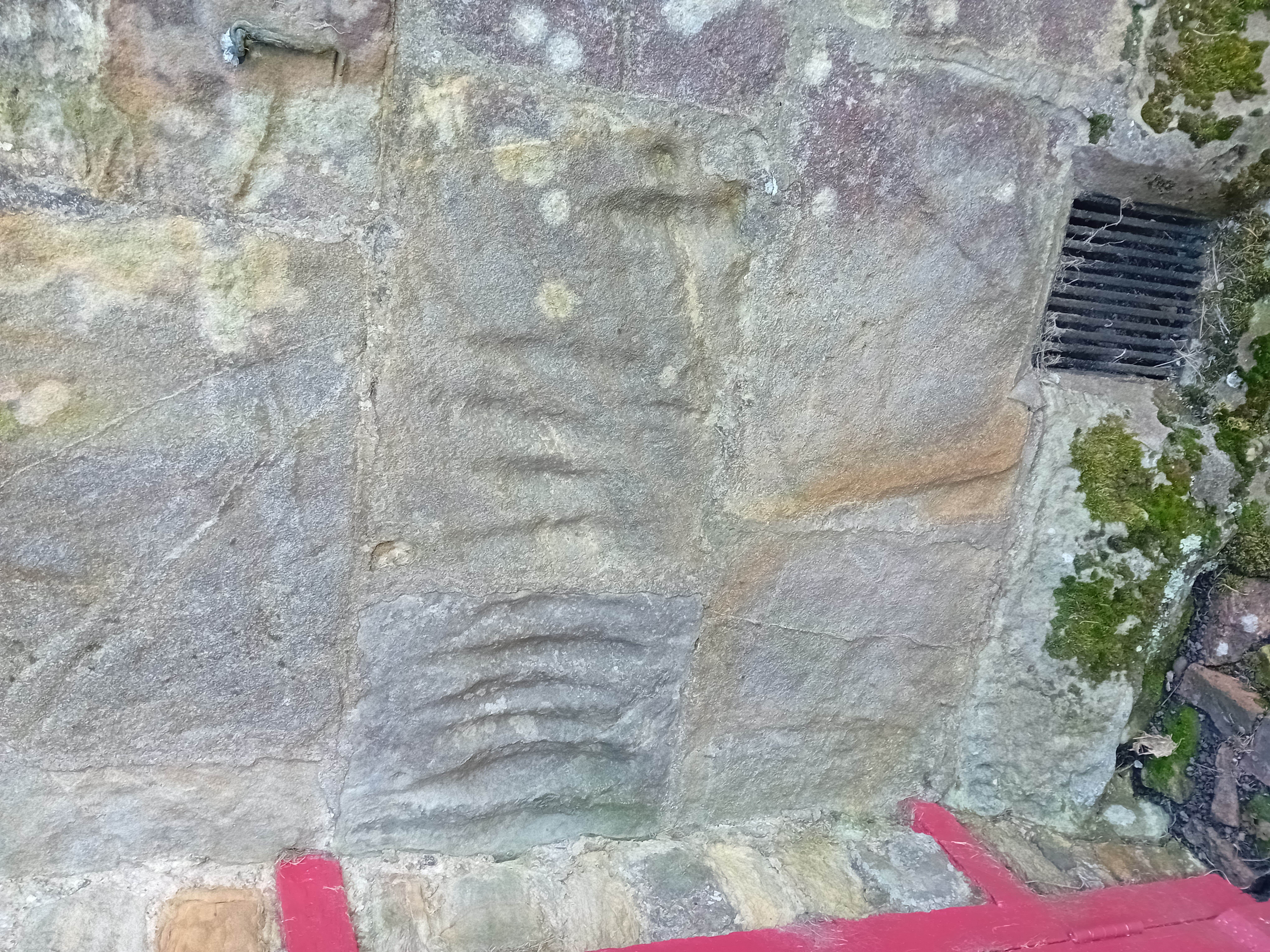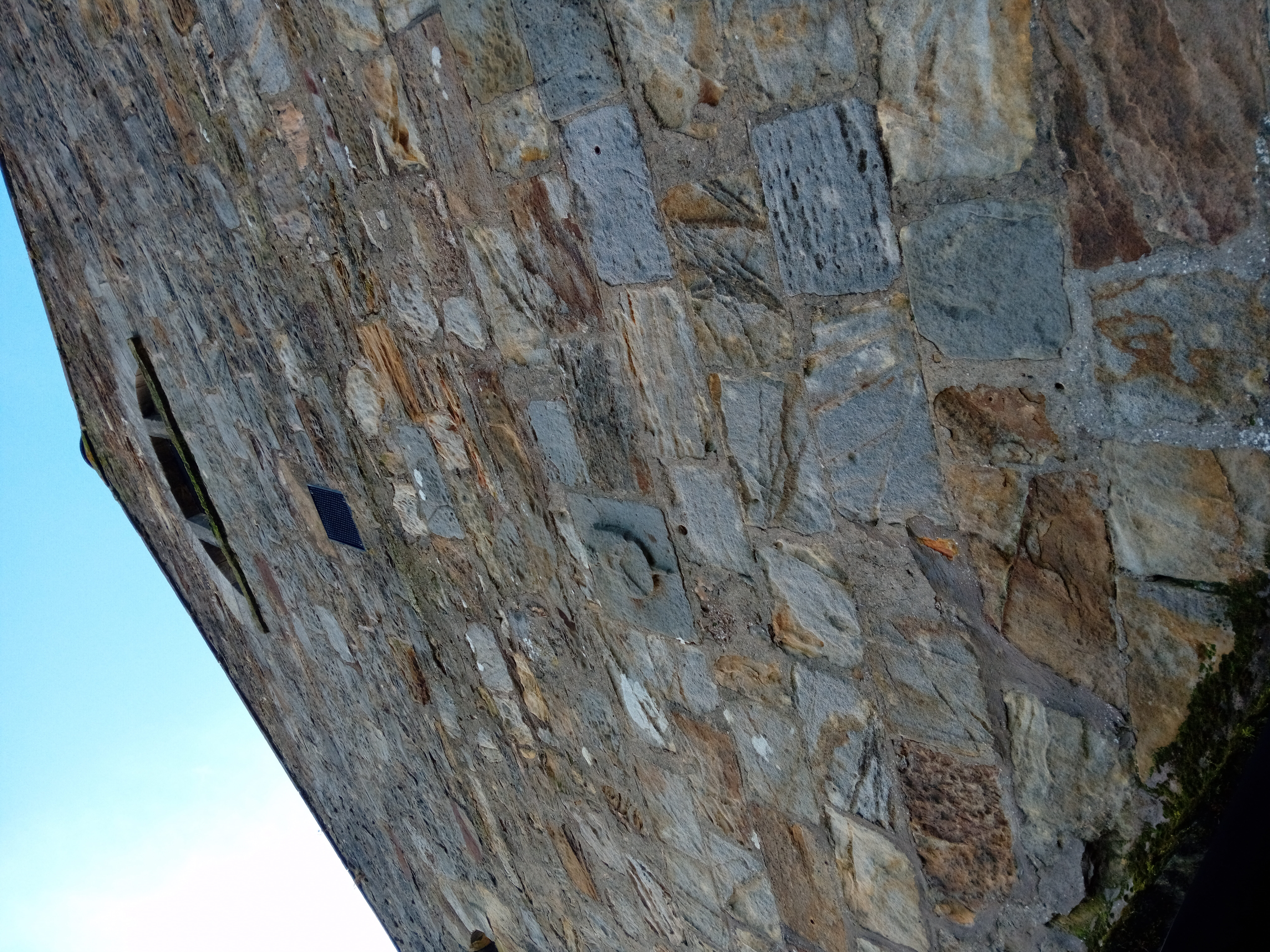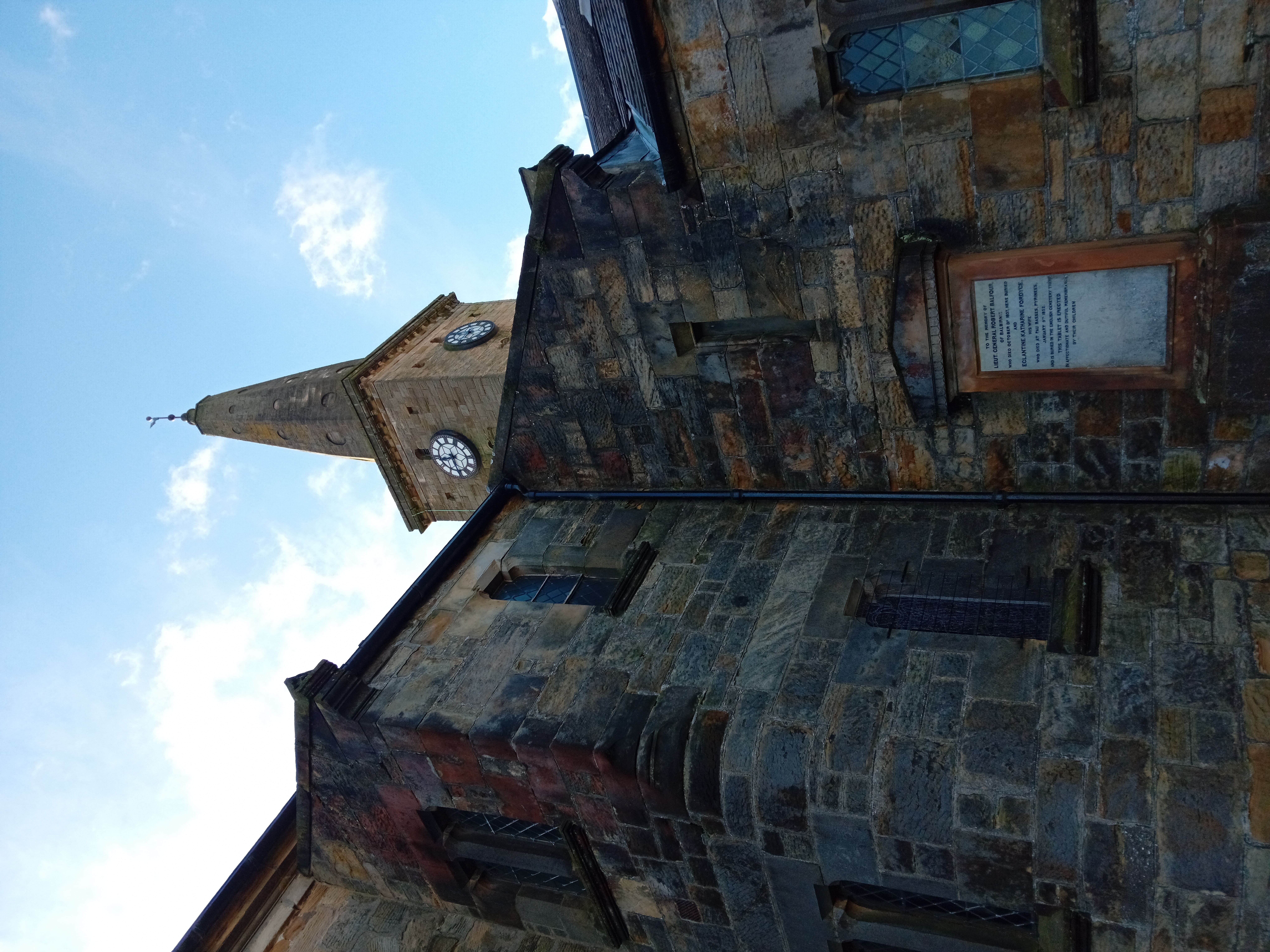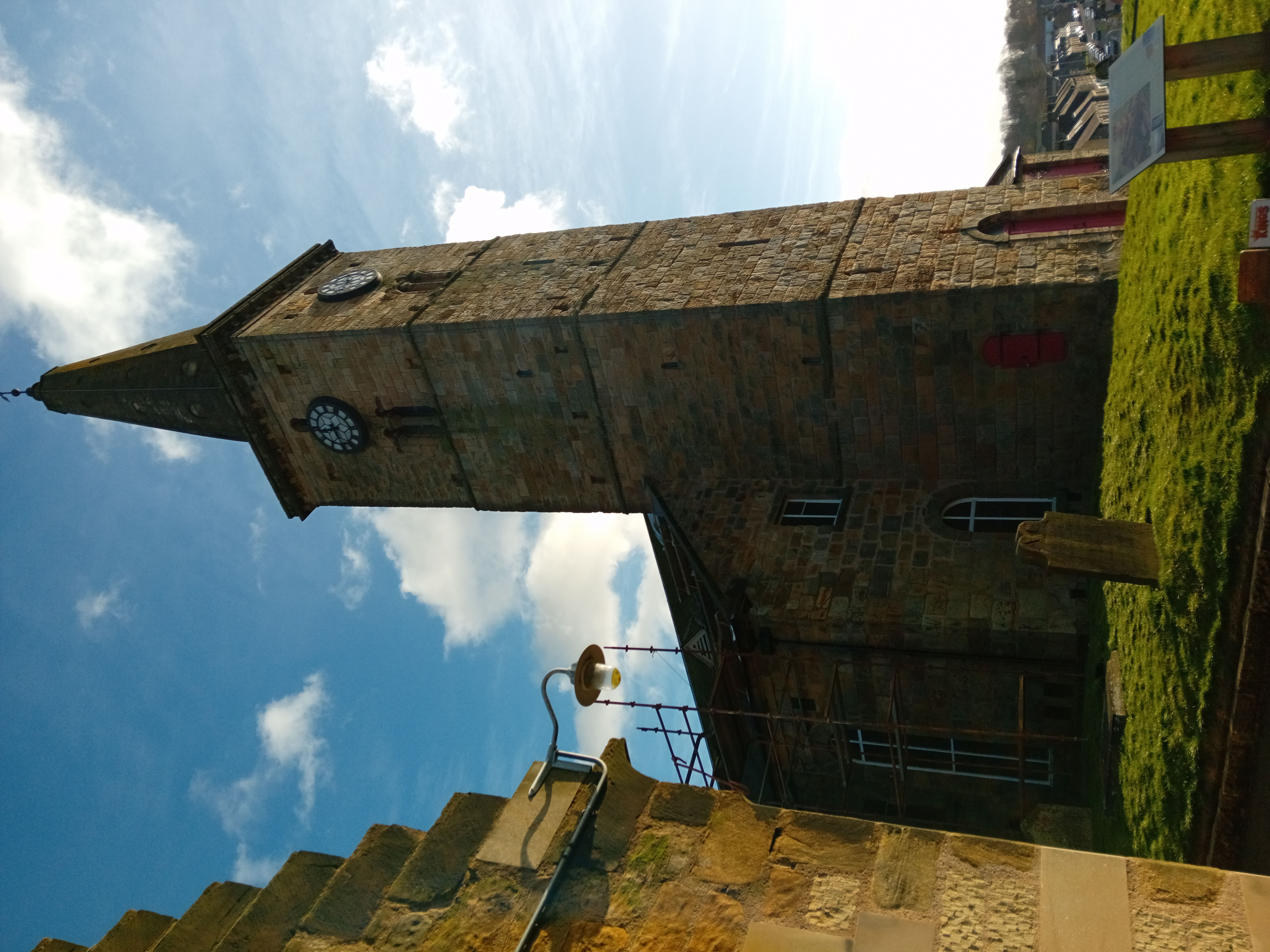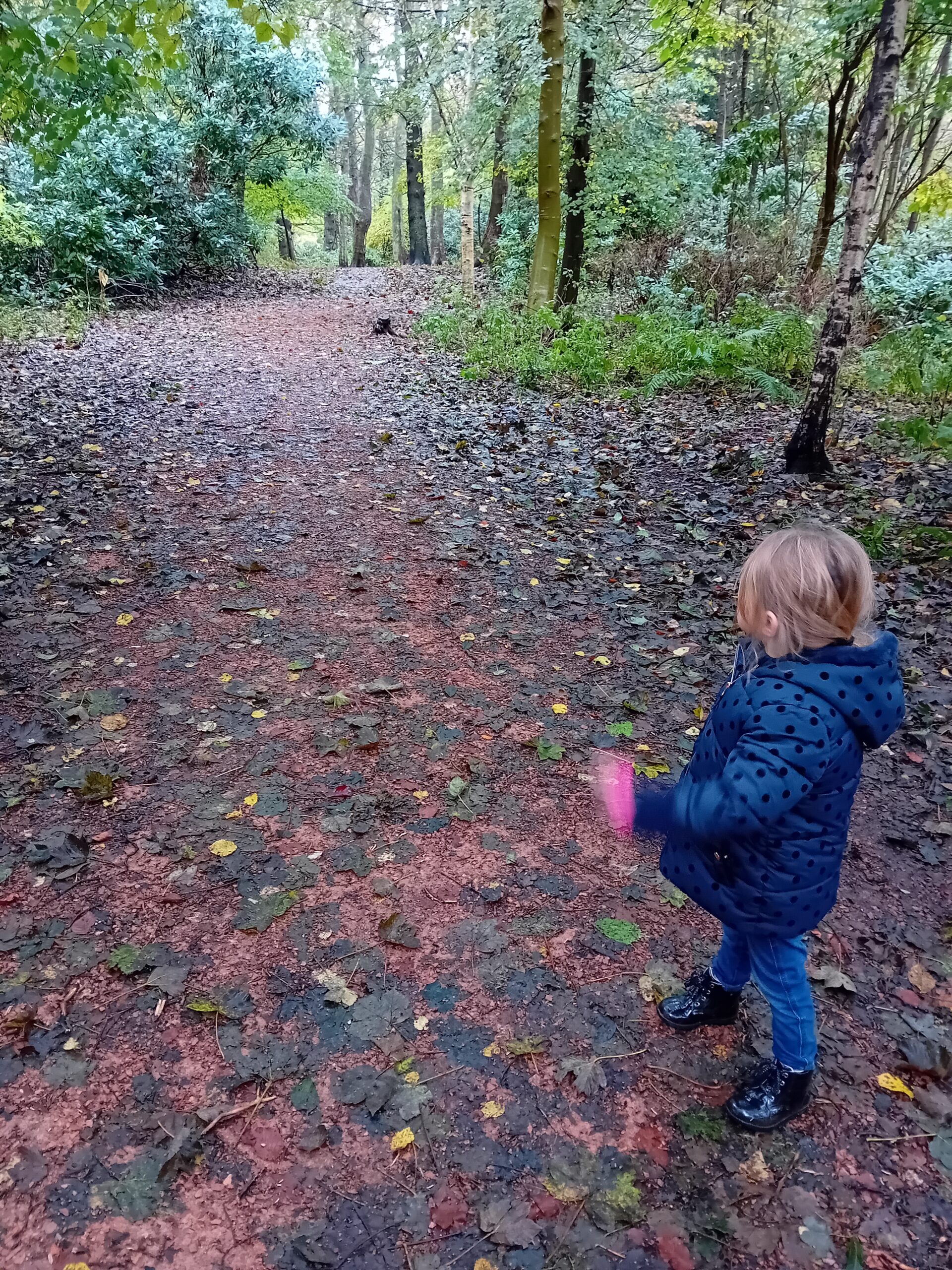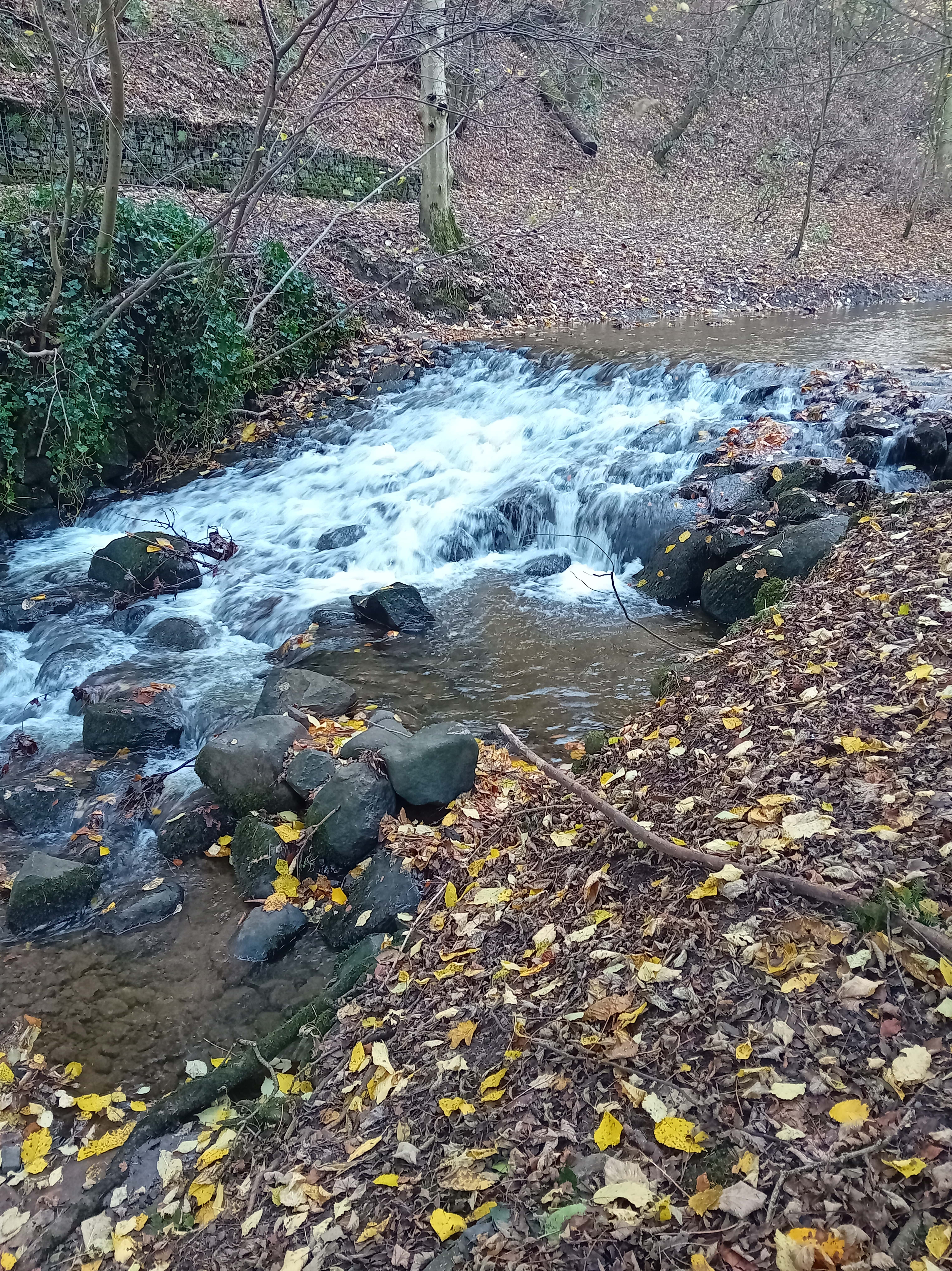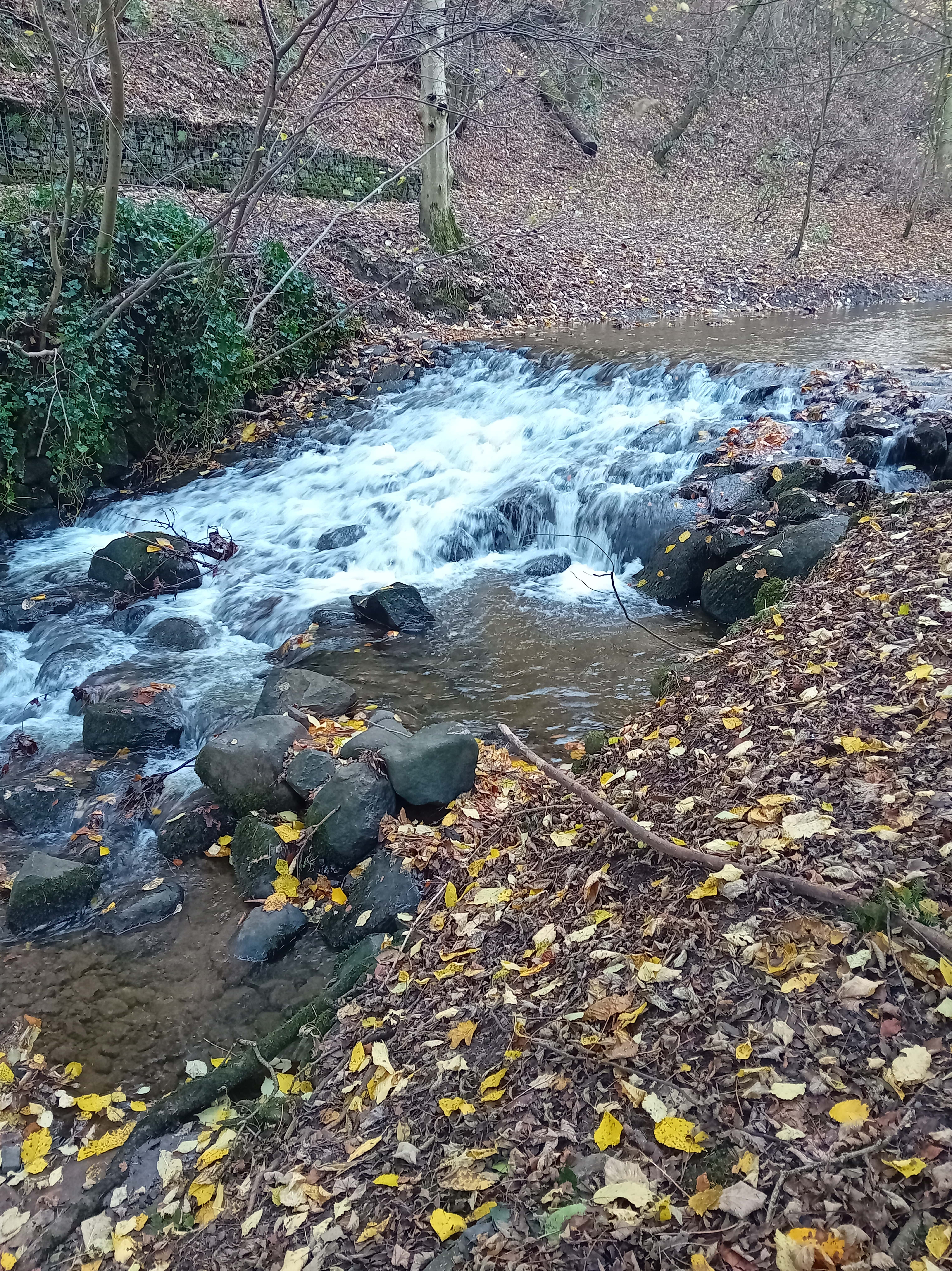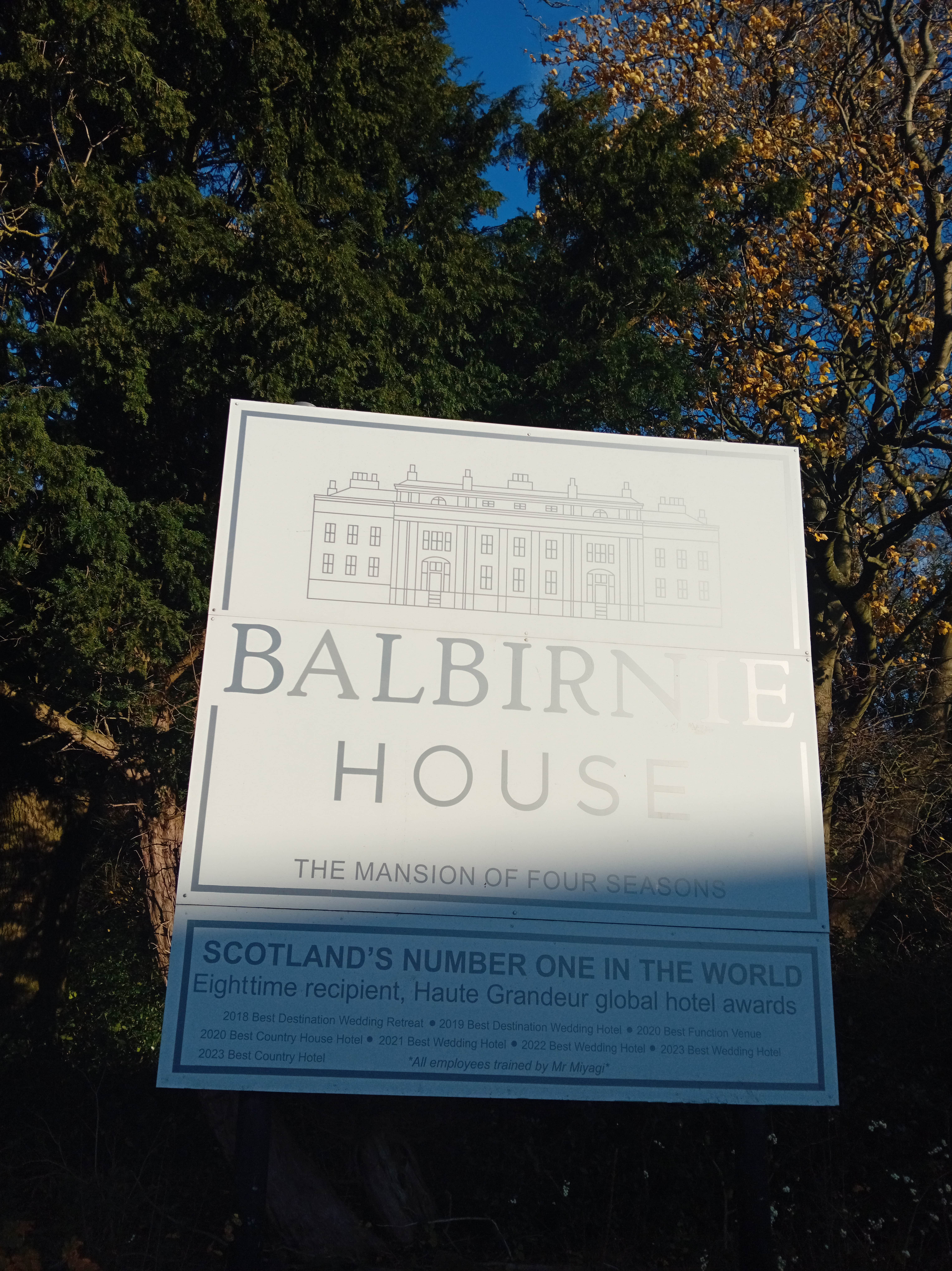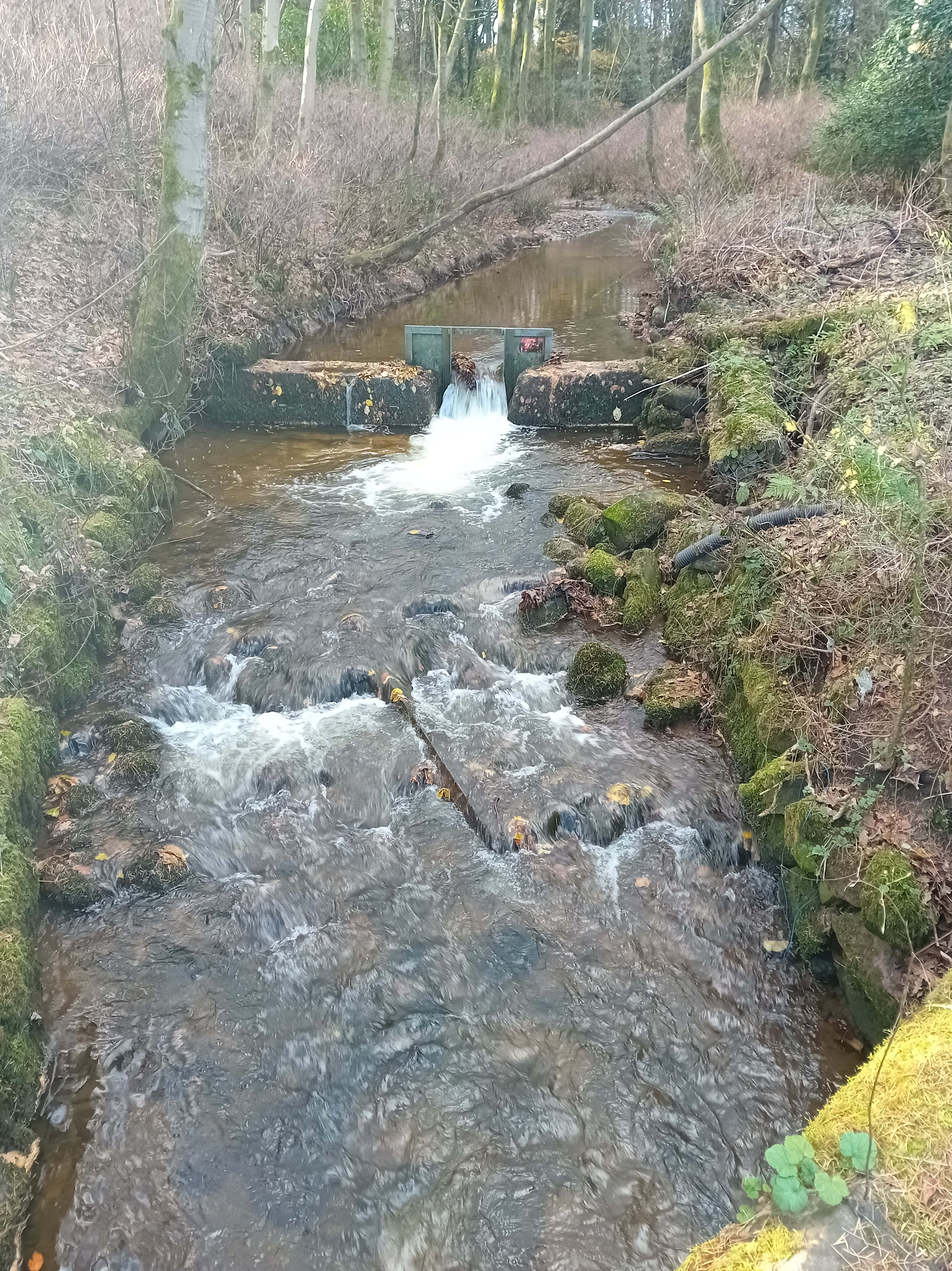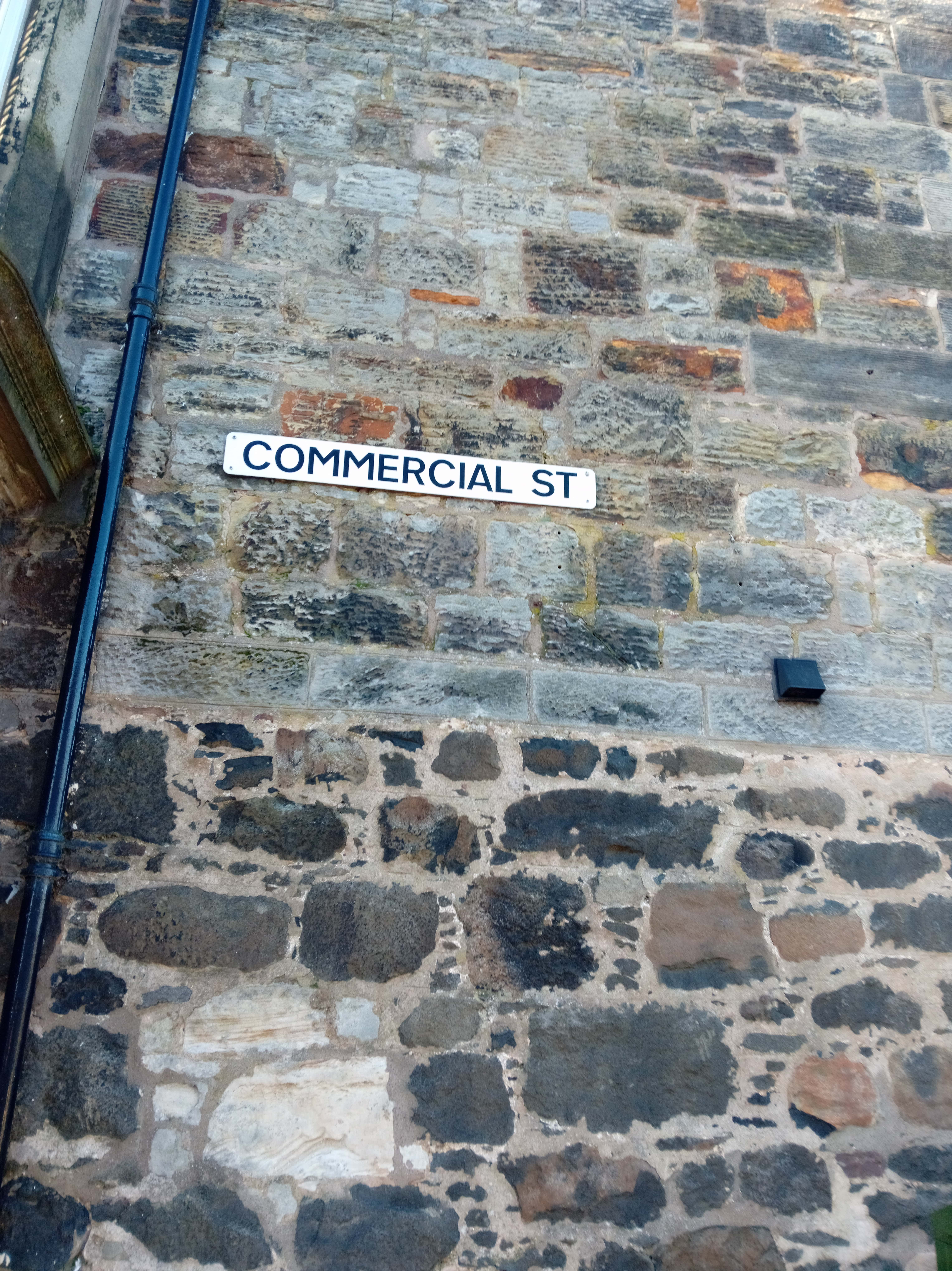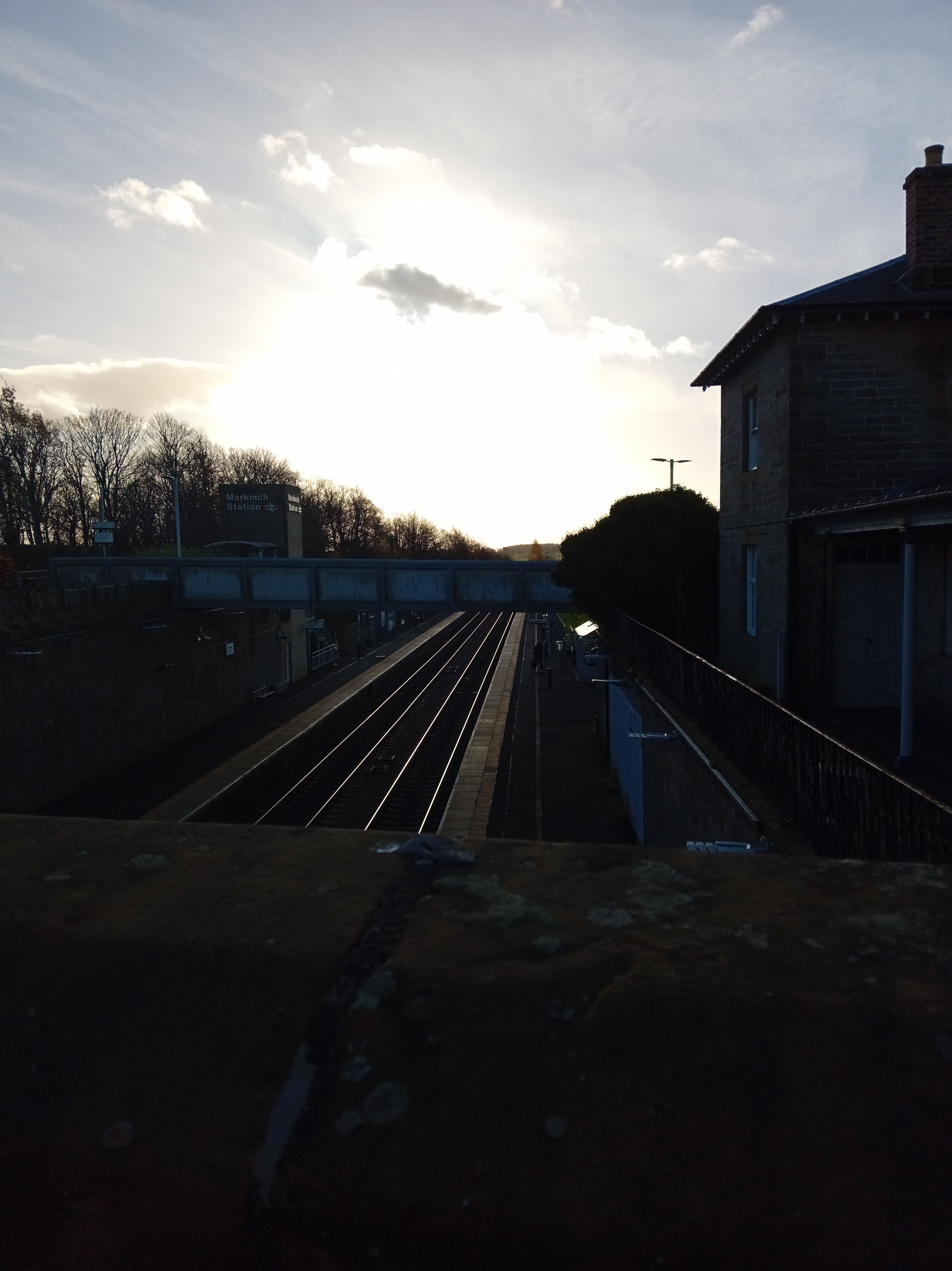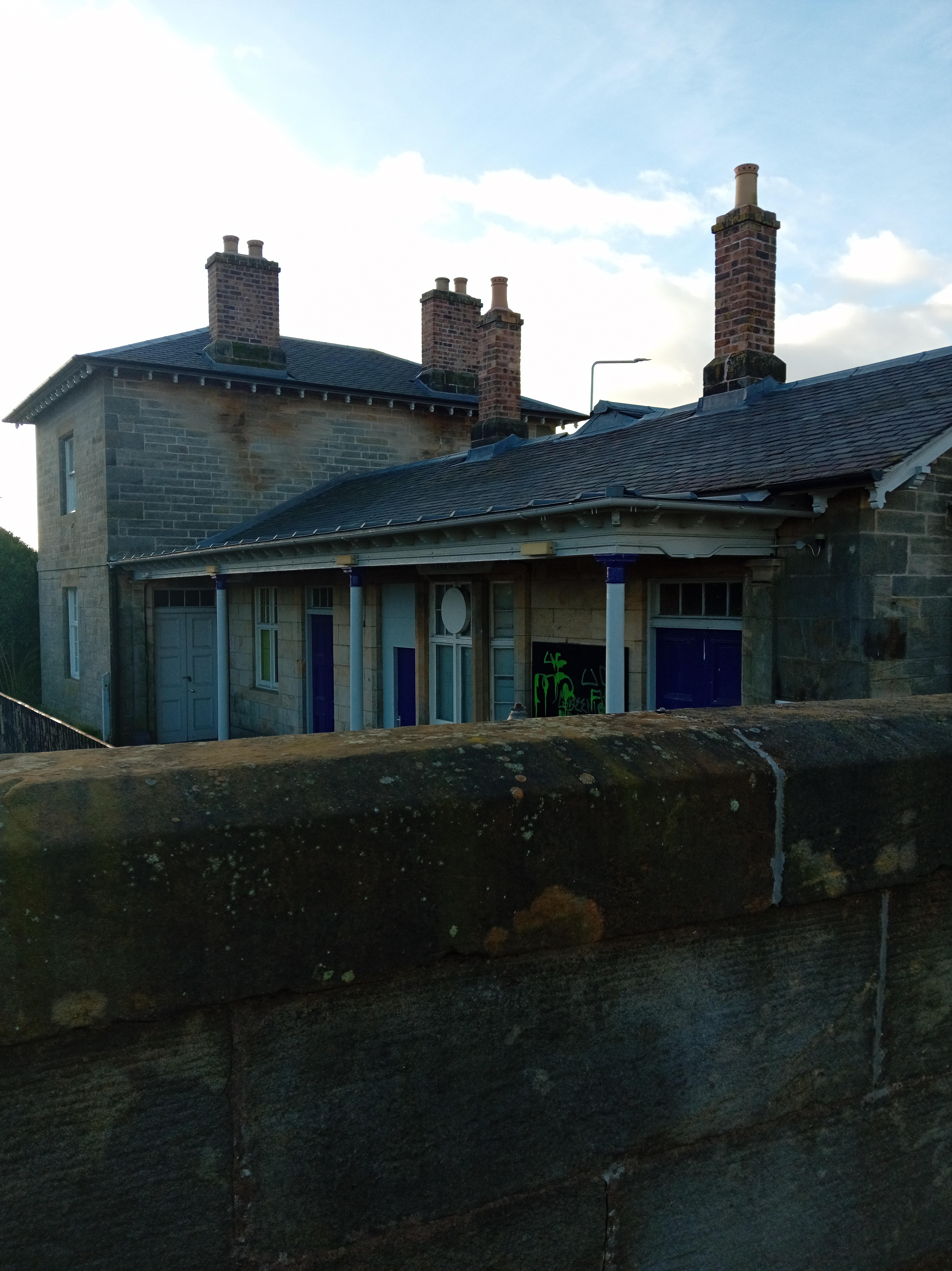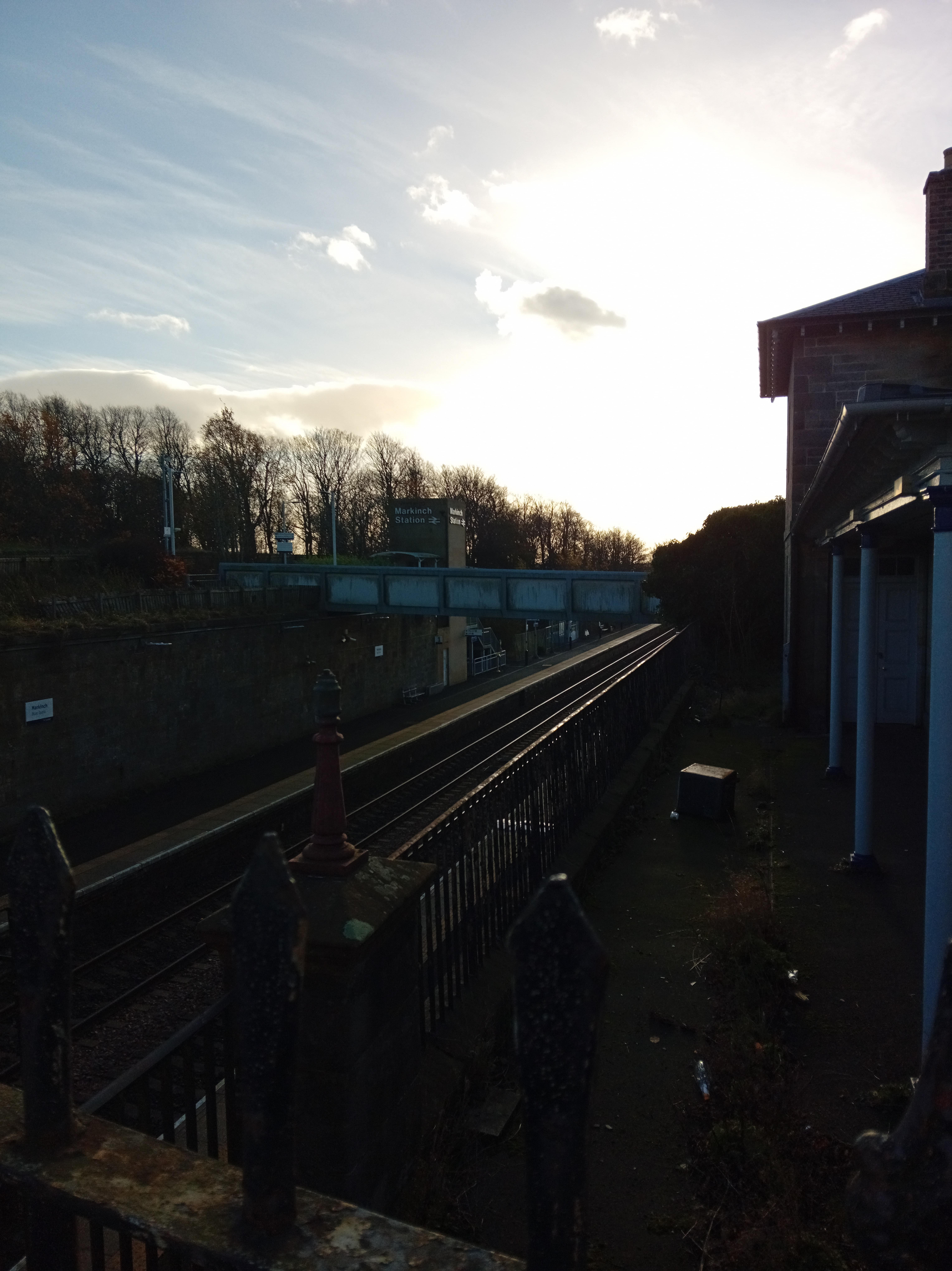
The area of Kirkcaldy has history dating back to 2500 BC according to sources, I would speculate it would be closer to 4000 BC given Markinch area was inhabited approximately around that time too. The town was first established in 1334 as a burgh of barony (a type of town) under the direct control of Dunfermline Abbey, in 1450 Kirkcaldy became a royal burgh when control was relinquished. The Royal charter was confirmed by King Charles II in 1662.
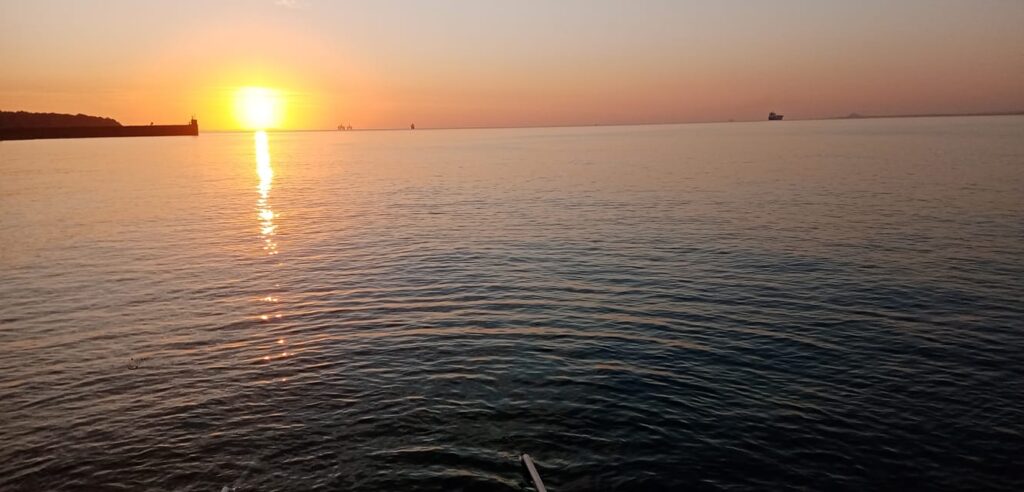
The origin of the name Kirkcaldy can be traced back to Brythonic roots, which means Fort on the hard hill, this is derived from caer for fort, called for hard and din for hill. The Britons who inhabited British kingdoms such as Gododdin in the Lothian area in the sixth century AD. The Scottish Gaelic equivalent being Cathair Chaladinn. It’s speculated the fort may have been on the site of what is now Ravenscraig Castle. The earliest records of Kirkcaldy are in the time of King David I in approximately 1128 when the town is referred to as Kircalethyn, variations of the name appear such as Kircaldin, Kirkaladinit and Kerkalethin. It’s roughly around 1250 the name Kirkcaldy appears. Kirkcaldy is sometimes known as the Lang Toun with is Scots for the Long Town, this is in reference to the main street being four miles long as depicted in maps of the 16th and 17th century.
In 1460 the construction of Ravenscraig Castle began, the castle was begun for Queen Mary of Gueldres, however its time as a royal residence was relatively short. The castle was the first of its kind to be built with cannons and other gunpowder weapons in mind. The castle looks over the Firth of Forth.
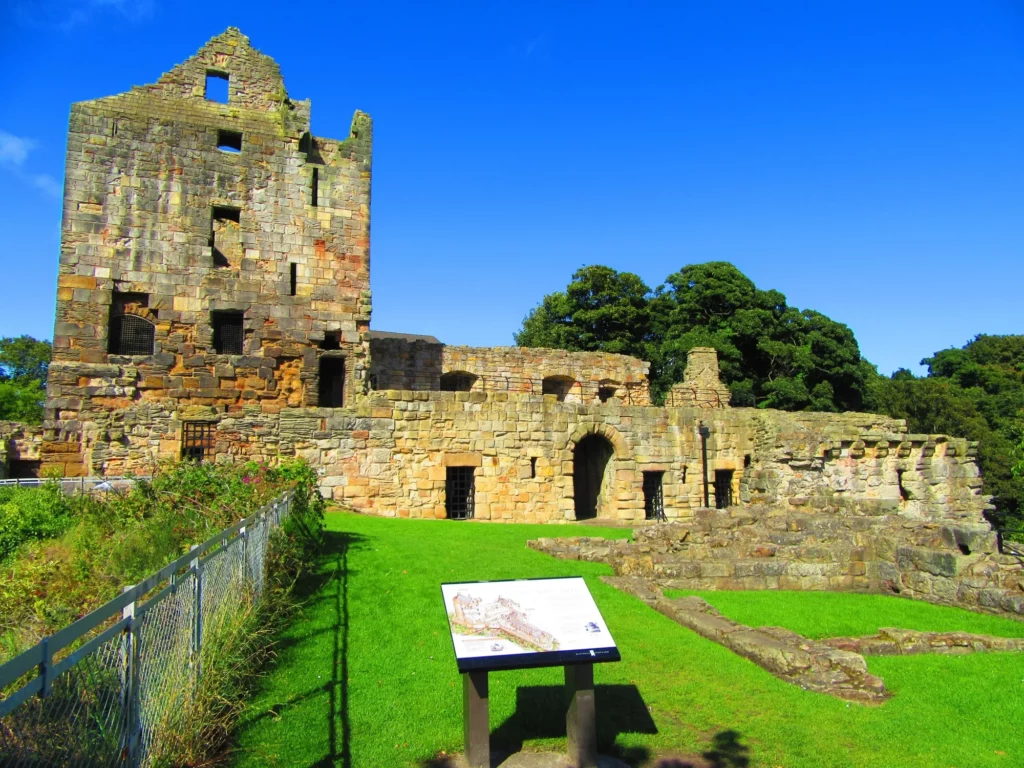
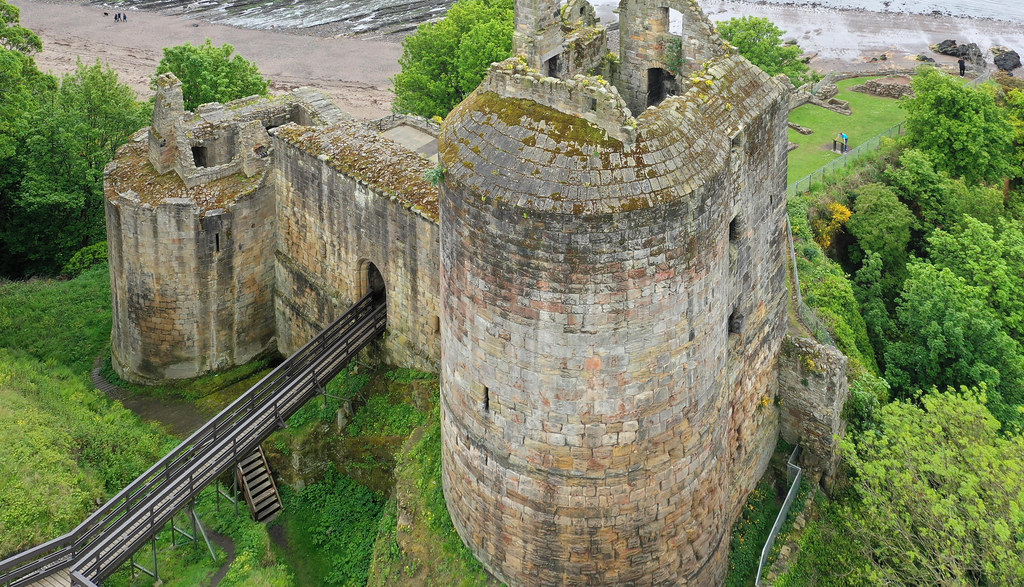

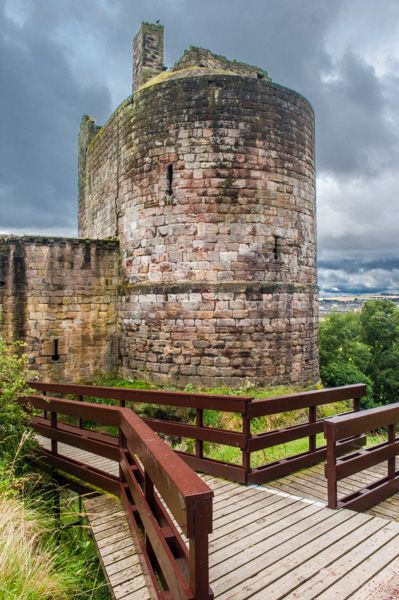
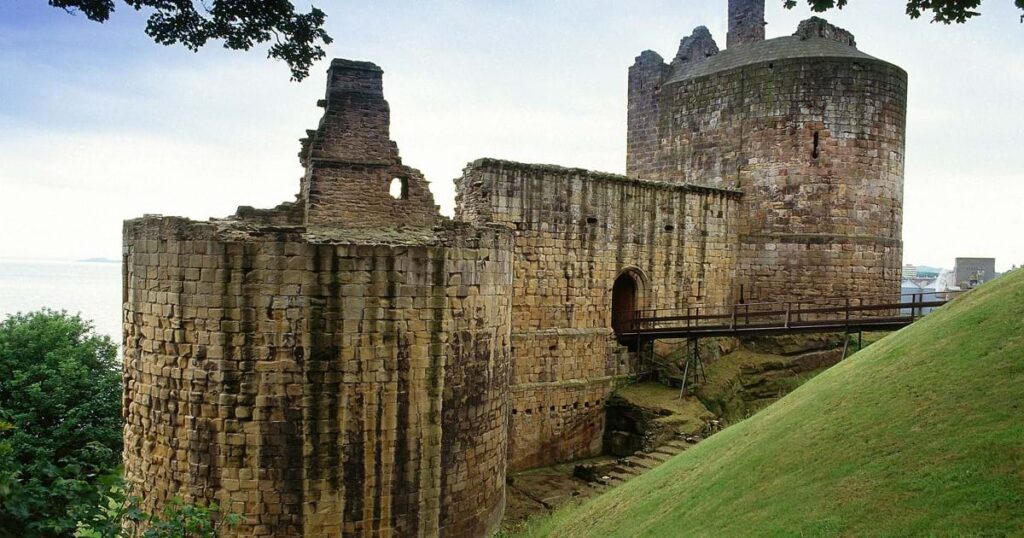

During the 16th century Kirkcaldy’s importance as a seaport and centre for commerce grew in importance, it was around this time the local salt trade became the largest in Scotland.
Kirkcaldy went through a turbulent period in the 18th century however in, however in the early 19th century the linen industry helped revive the town and the development of linoleum it put Kirkcaldy on the world map as a capital of the world of the linoleum world with at its peak seven factories in operation.
The town hall of Kirkcaldy was built in 1873 the style was influenced by the Romans it was said to have cost £5000 at the time (roughly £670,420 if it was built today)

The expansion of the town led in 1876 to the extension of the royal burgh’s boundaries. The town absorbed its neighbouring settlements of Linktown, in the parish of Abbotshall; Invertiel in the parish of Kinghorn; and Pathhead, Sinclairtown and Gallatown in the parish of Dysart. These formerly separate settlements had once been forbidden by the old guild rights to sell their goods in Kirkcaldy. In 1922–1923 a seawall and esplanade were constructed, funded by the Unemployment Grants Commission and built by unemployed residents. In 1930, the town expanded to include the former royal burgh of Dysart.
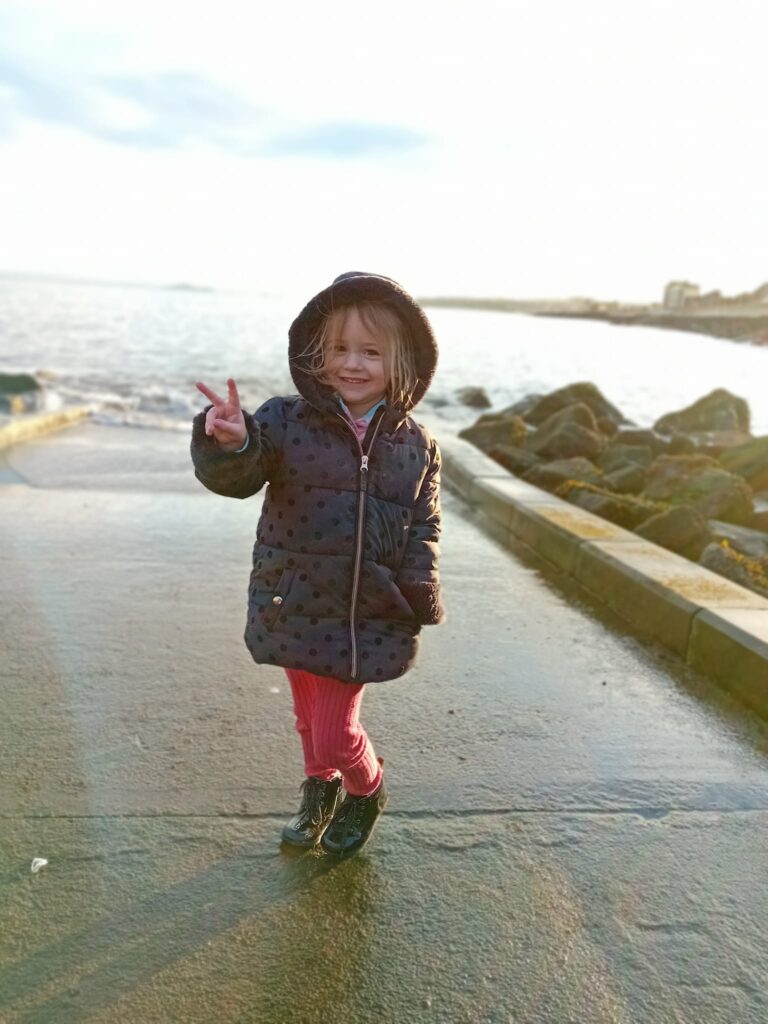
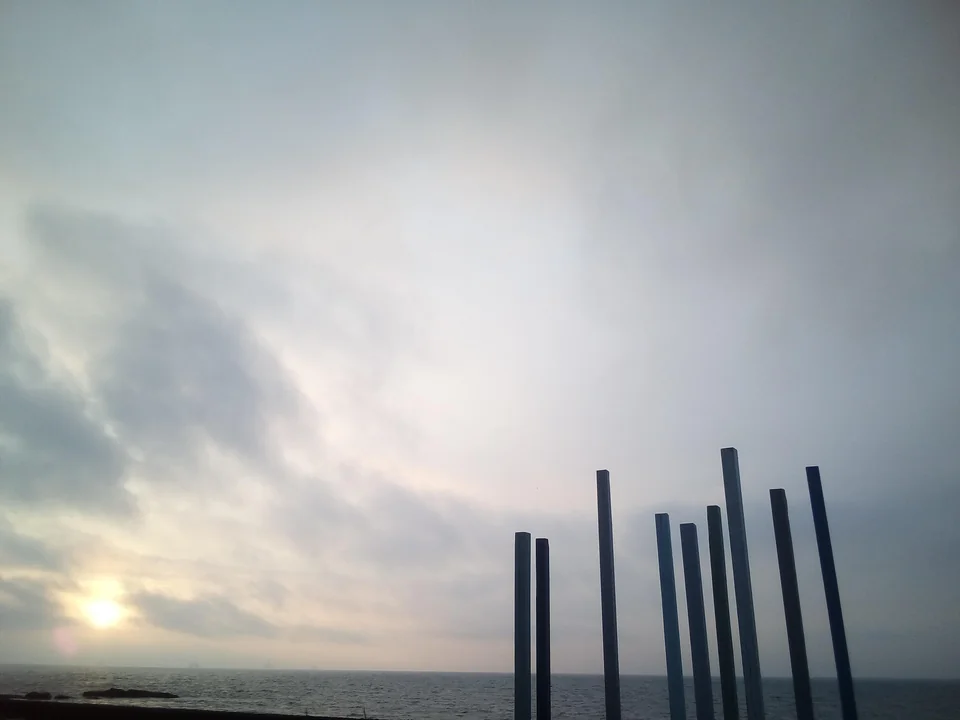

In the 1950s, Kirkcaldy was recognized as a major industrial centre, primarily known for its coal mining, engineering, and manufacturing industries. The town experienced a period of growth and prosperity, with the coal mines and factories providing employment opportunities for the local population. This resulted in a relatively stable economic situation for the town.
However, the decline of heavy industries in the 1960s and 1970s brought about a major shift in Kirkcaldy’s economic landscape. The closure of coal mines and the decline of manufacturing had a significant impact on the local economy, leading to a rise in unemployment and a decline in the town’s prosperity.

In an effort to revitalize the town’s economy, Kirkcaldy started focusing on diversifying its industries. This included attracting new businesses, especially in the service and retail sectors. The establishment of large shopping centres and retail parks in the 1980s and 1990s helped create job opportunities and brought new life to the town centre.
Additionally, Kirkcaldy prioritized investment in education and embraced the development of educational institutions. The establishment of Fife College and the University of St Andrews satellite campus in the town contributed to the growth of the education sector. This not only provided the local population with access to higher education but also attracted students from across Scotland and beyond.
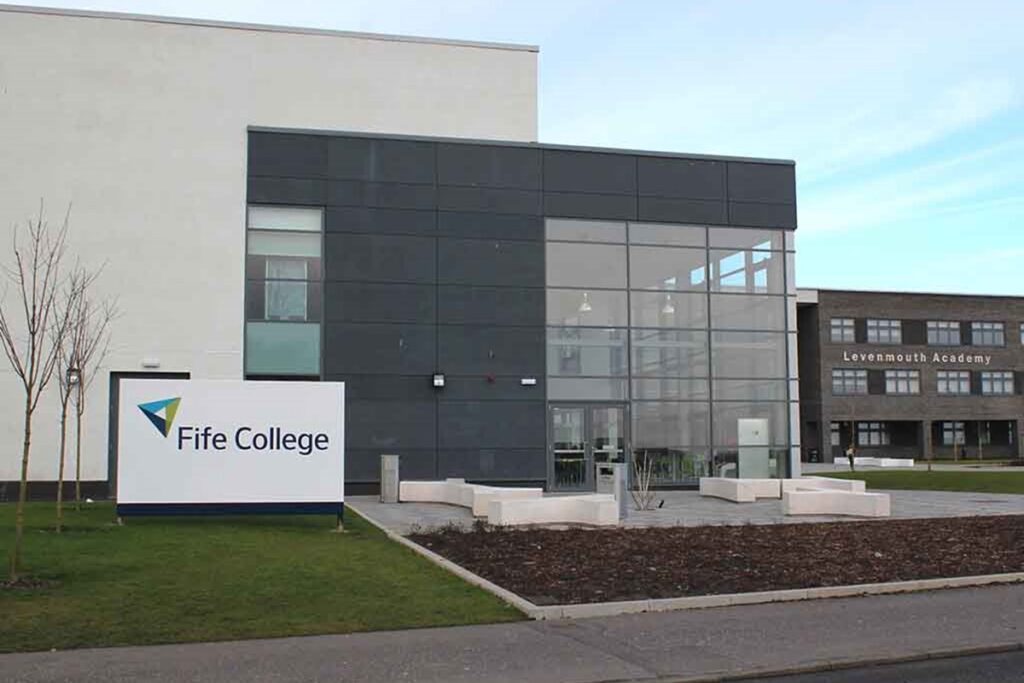
The 21st century witnessed further developments in Kirkcaldy. The town continued its efforts to regenerate the town centre and enhance its cultural and leisure facilities. Investment was made in parks, museums, and arts centres, attracting visitors and promoting tourism in the region.
With the advancements in technology and the rise of digital industries, Kirkcaldy also embraced the opportunities offered by the digital age. Efforts were made to attract tech companies and create a favourable environment for digital entrepreneurship. This led to the establishment of a technology park within the town, bringing new job opportunities and economic growth.
Looking forward to the future, Kirkcaldy aims to focus on sustainable development and environmental initiatives. Efforts will be made to promote renewable energy, reduce carbon emissions, and create a more eco-friendly town. This transition aligns with global trends and aims to position Kirkcaldy as a model of sustainable development in Scotland.
In summary, Kirkcaldy’s history from 1950 to 2023 reflects a town that has evolved and adapted to the changes in its economic and social landscape. From a thriving industrial centre to a diversified economy centred around education, retail, and emerging industries, Kirkcaldy has embraced change and positioned itself as a vibrant town with a prosperous future ahead.
We will cover the famous people of Kirkcaldy in a different article!


